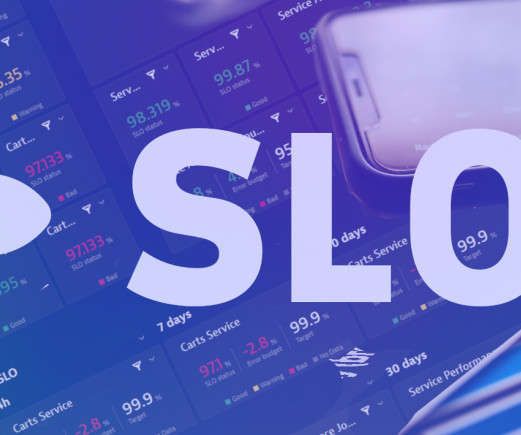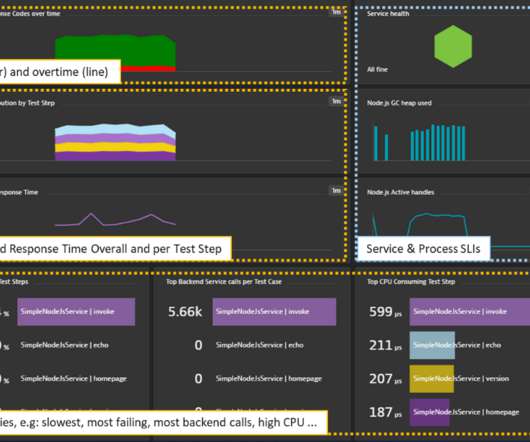9 key DevOps metrics for success
Dynatrace
SEPTEMBER 28, 2021
You have set up a DevOps practice. As we look at today’s applications, microservices, and DevOps teams, we see leaders are tasked with supporting complex distributed applications using new technologies spread across systems in multiple locations. DevOps metrics to help you meet your DevOps goals.













Let's personalize your content